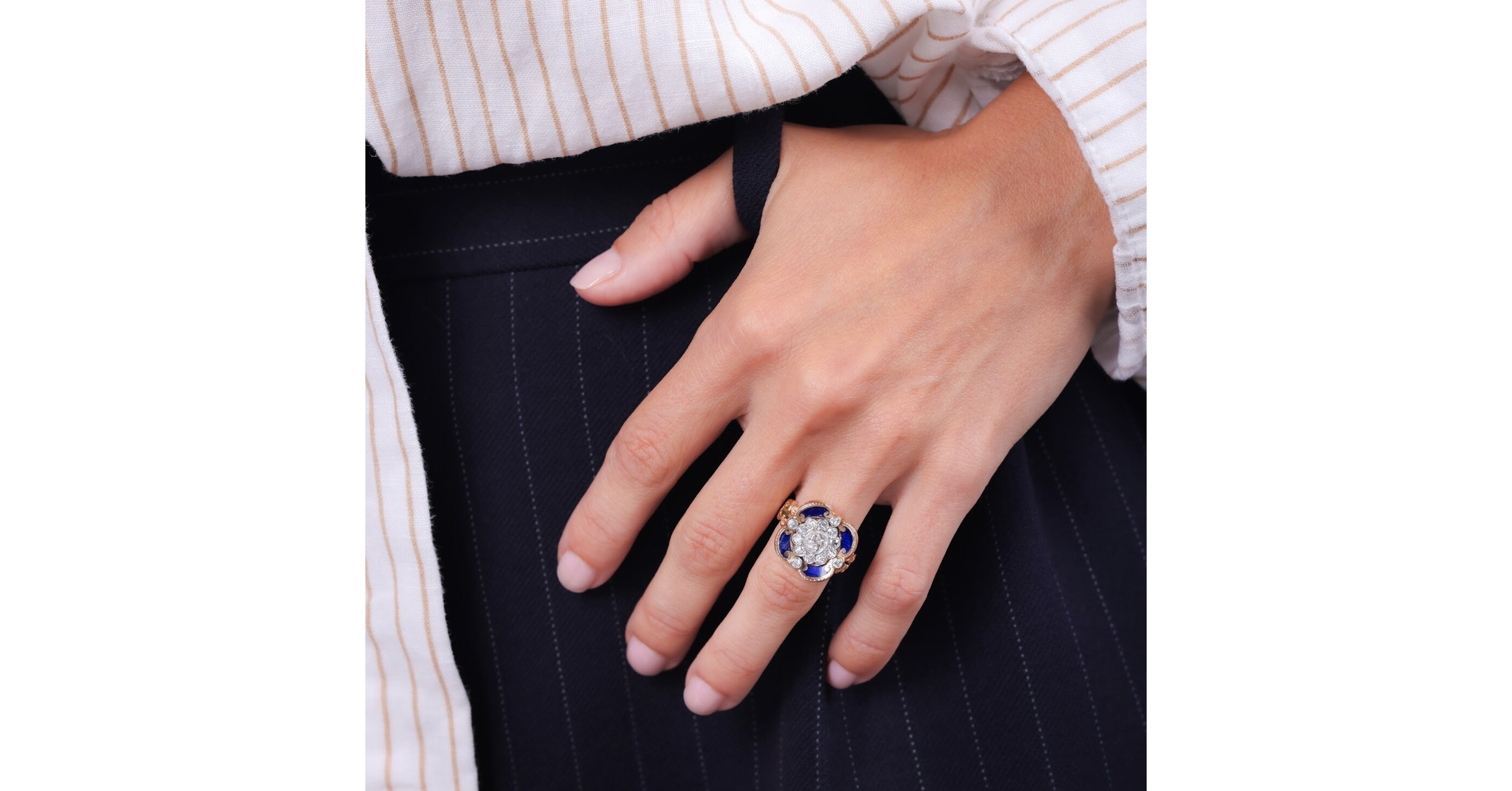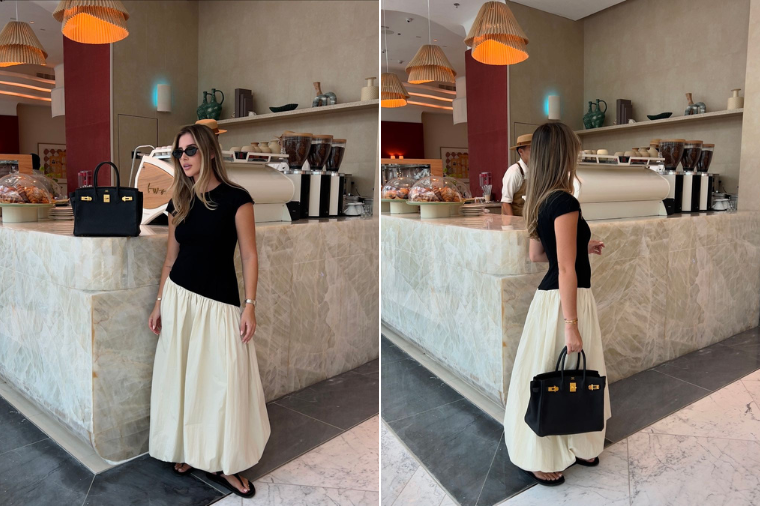1 2 3 4 5 6 Garba, derived from the Sanskrit word garbha (womb), has its roots in rural Gujarat. Historically, each community had its unique garba style. The Koli garba , fast-paced and energetic, originated in Saurashtra.
The Rabari garba, slow and graceful, was prevalent in North Gujarat. The Nagar community practised Betha garba, a seated musical tradition. Another popular folk dance of Gujarat is raas, often referred to as dandiya raas.
Associated with agricultural activities, raas can be considered an occupational dance of farmers. As Gujarat became more urban, garba evolved to reflect the changing lifestyles of its people. Organised events emerged on a large scale in housing colonies and private clubs.
This transformation blurred caste lines and introduced new elements like professional musicians and extravagant decorations. Gender restrictions loosened, allowing young boys to participate alongside girls. Today, garba has become a grand spectacle, blending traditional styles with contemporary influences.
It continues to captivate audiences worldwide, preserving its cultural heritage while embracing innovation. Betha garba: A musical tribute by Nagars In a tradition exclusive to the Nagar community, men and women sing traditional garba songs while seated, in stark contrast to the energetic dancing that the festival is famous for. A musical homage to Goddess Amba, the kuldevi of the Nagar community, Betha Garba is a testament to their deep-rooted devotion.
The absence of .


















